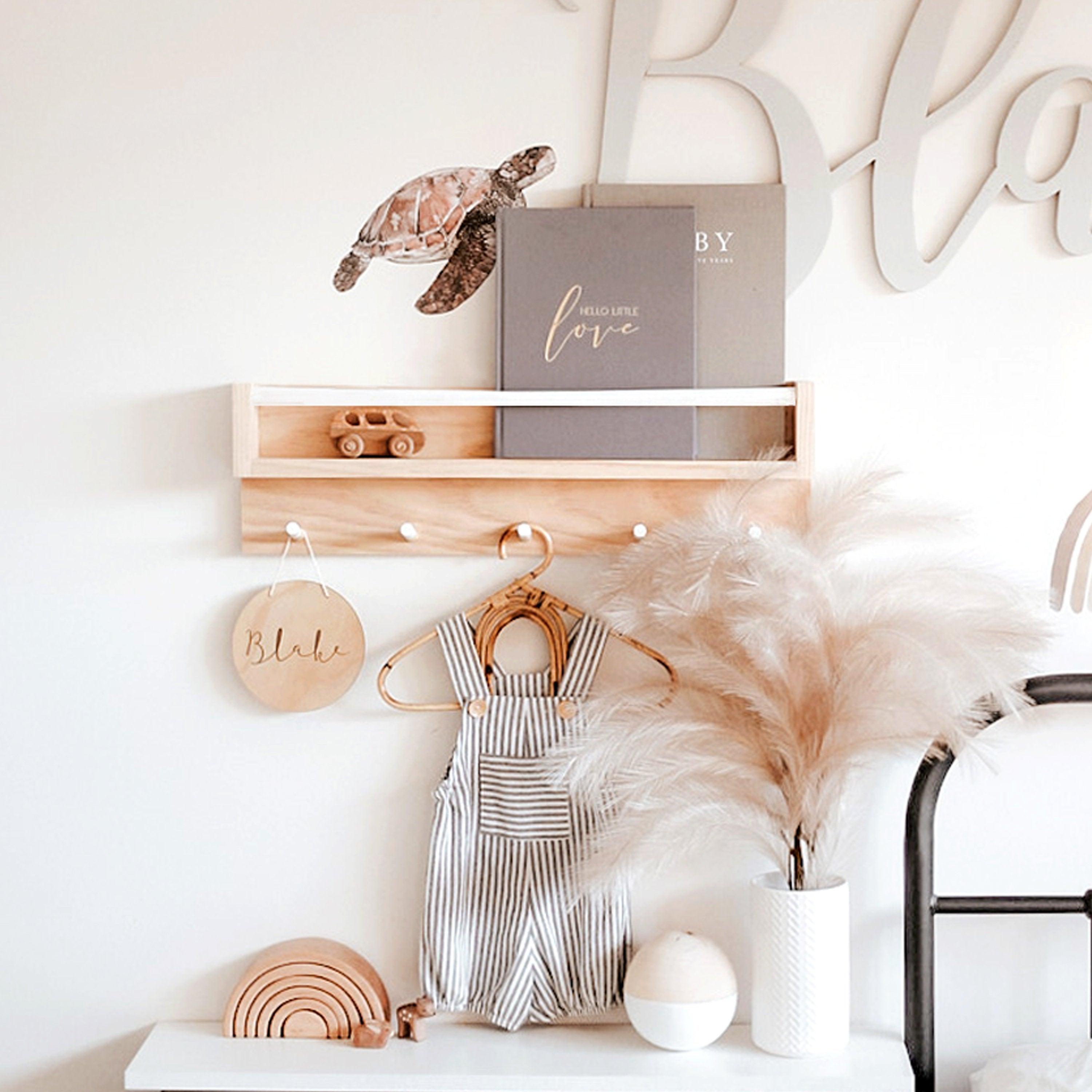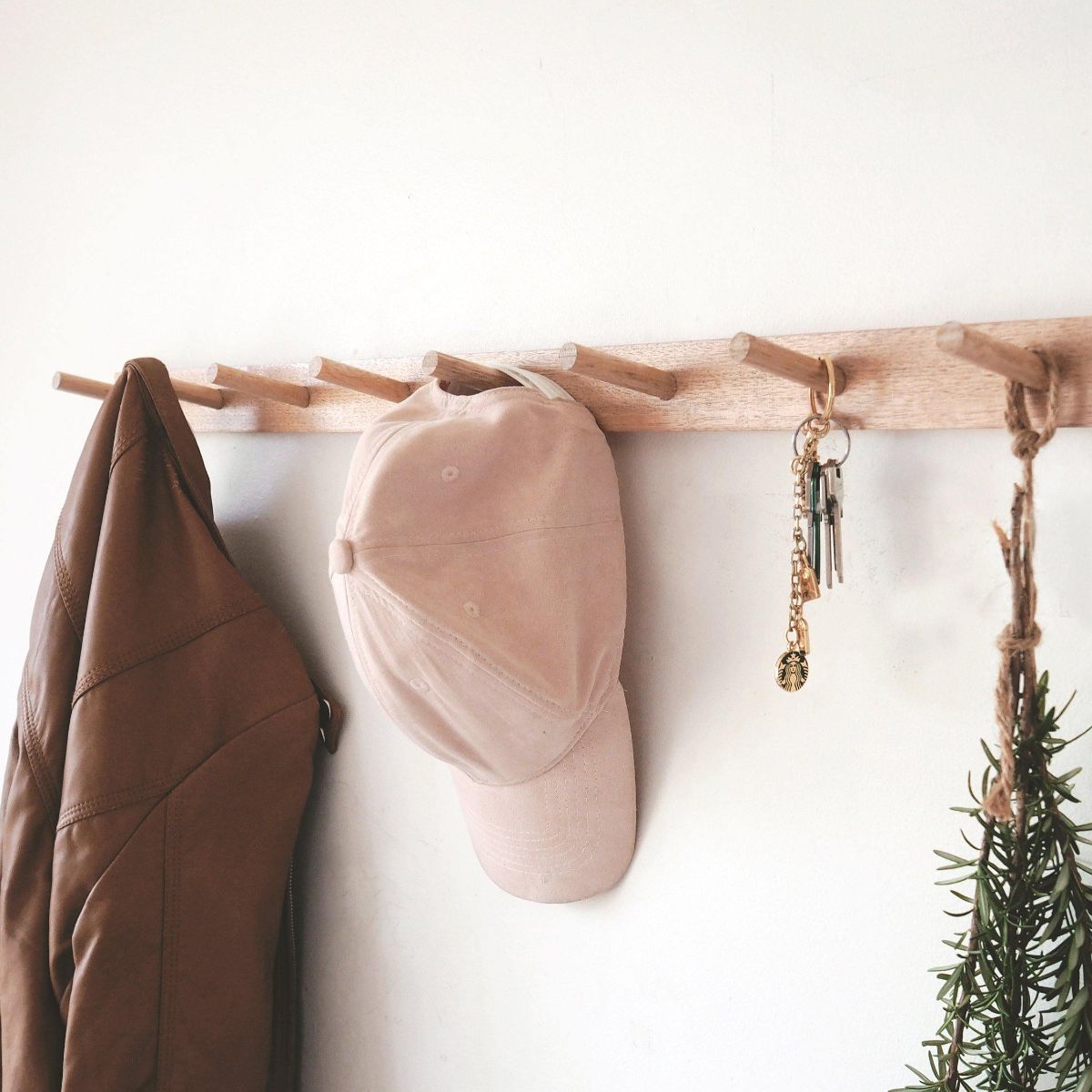Designing a nursery entails creating a warm and inviting space for your child. One essential element that enhances both functionality and aesthetics is shelving. This blog post offers practical and creative tips for styling nursery shelves, making them visually appealing and useful for your child's needs.
1. Choose the Right Shelves
- Begin by selecting the right shelves that match the theme and colour scheme of the nursery. Floating shelves, peg rails, wall-mounted shelves, or bookshelves are popular choices.
- Consider safety features such as secure wall attachments to ensure the shelves are baby-friendly.
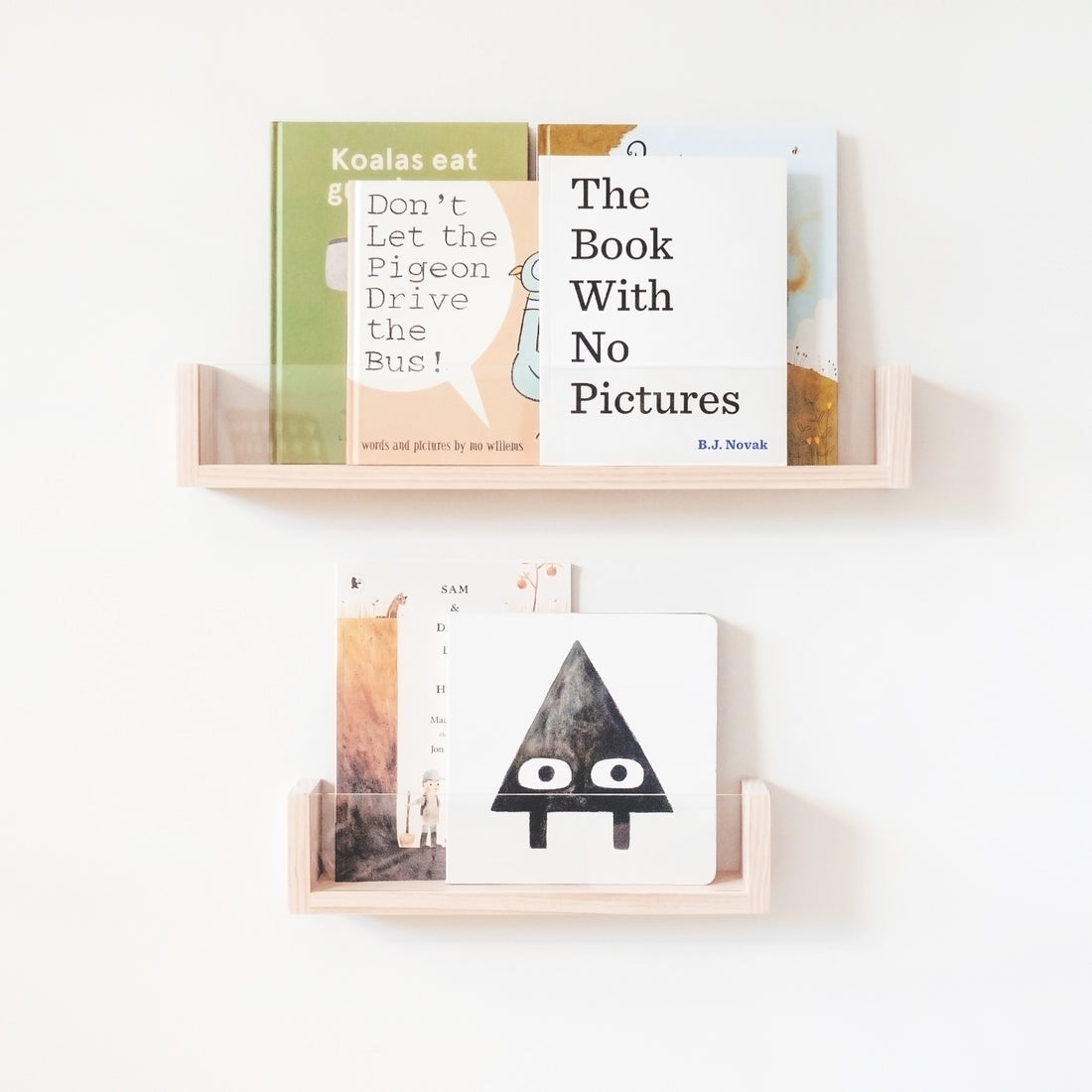
2. Establish a Theme
- Have a theme for the nursery. Whether it's a nature-inspired theme, a whimsical fantasy, Scandinavian or a classic, minimalist design, having a theme can guide your shelf styling choices
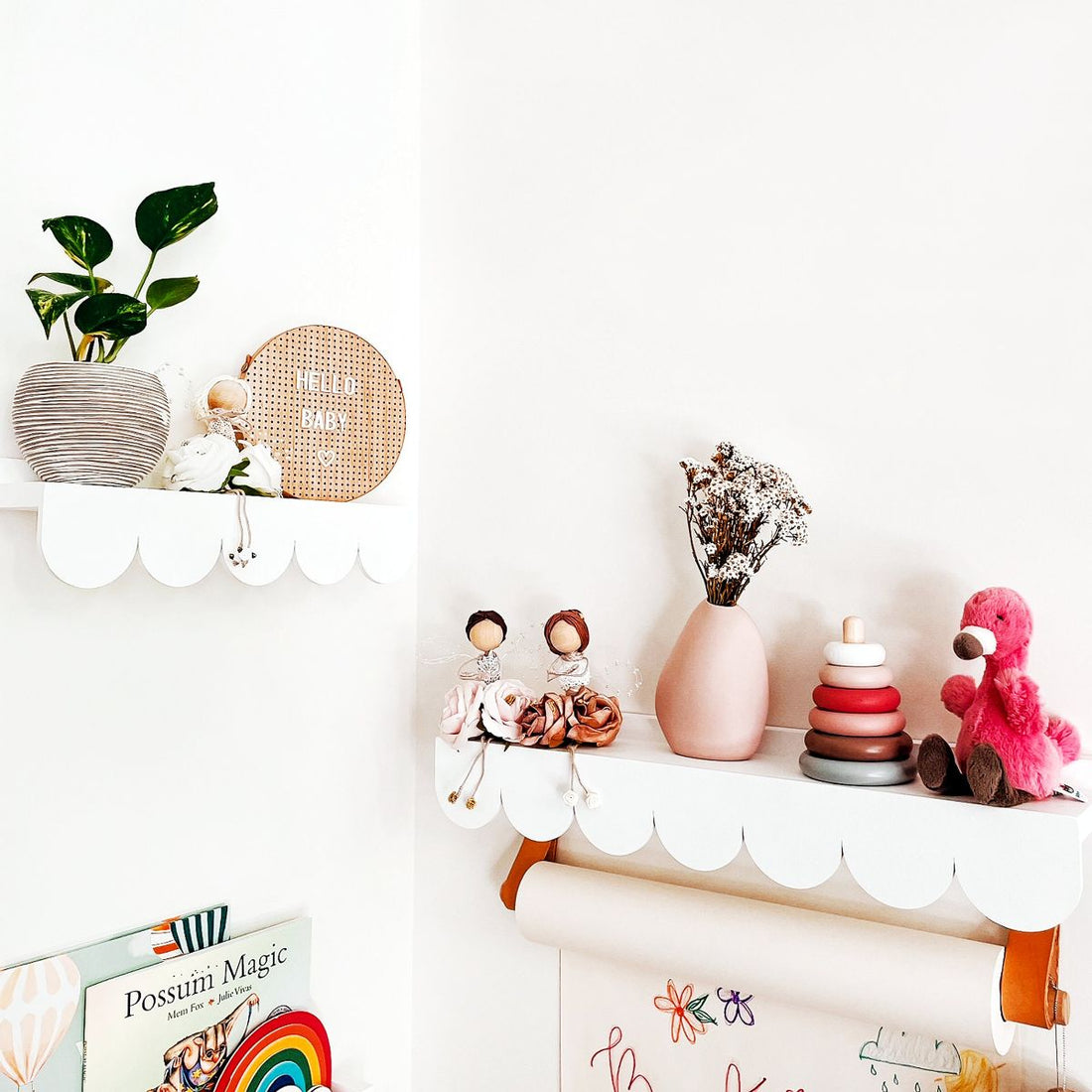
3. Combine Form and Function
- Include both decorative and functional items on the shelves. Storage baskets, decorative boxes, and baby essentials can serve a dual purpose by organising items in the room while adding aesthetic appeal
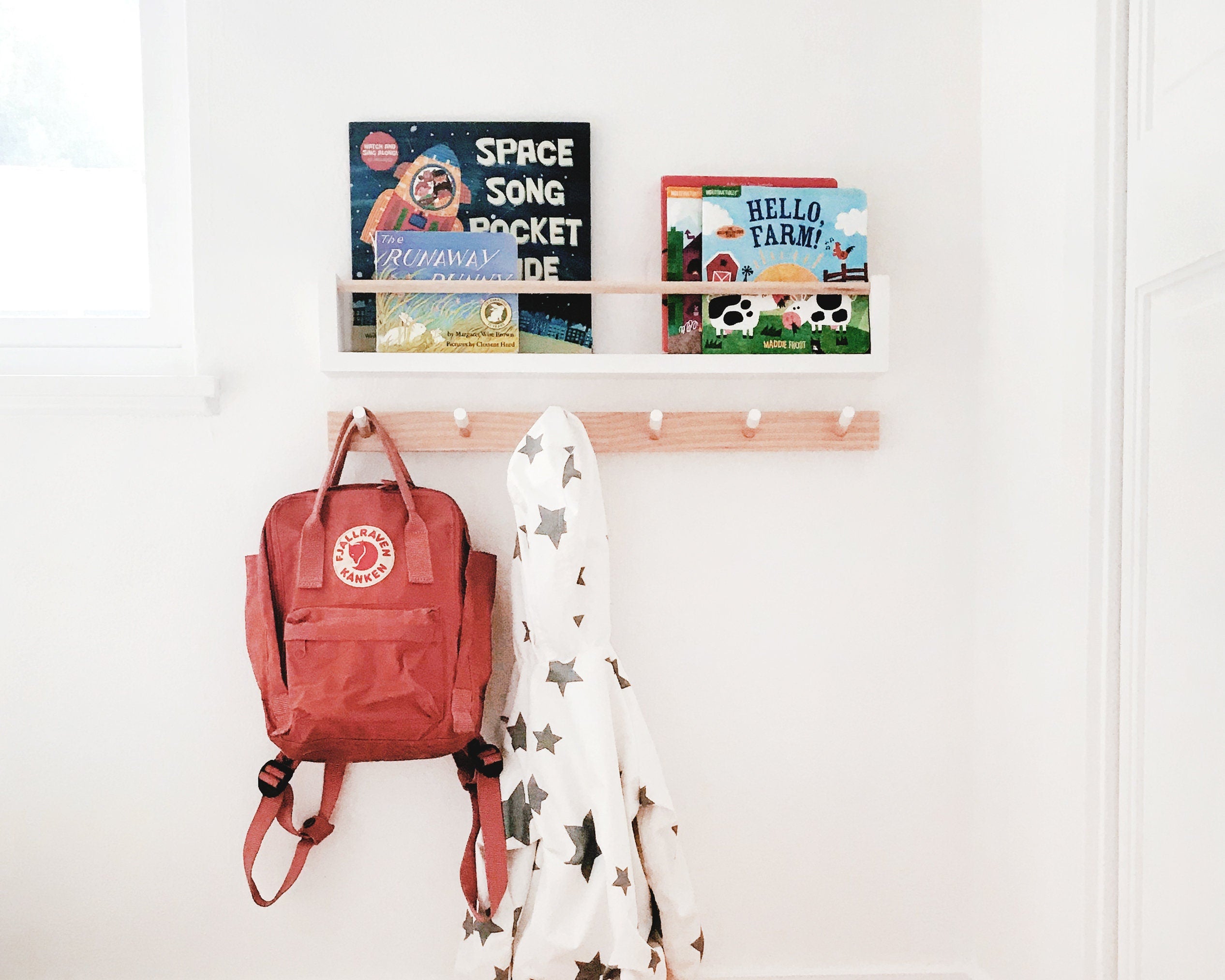
4. Use Neutral Colours
- Choose a neutral colour palette for the shelves to provide flexibility in changing the overall look of the nursery over time. Enhance with pops of colour through accessories and decorations.
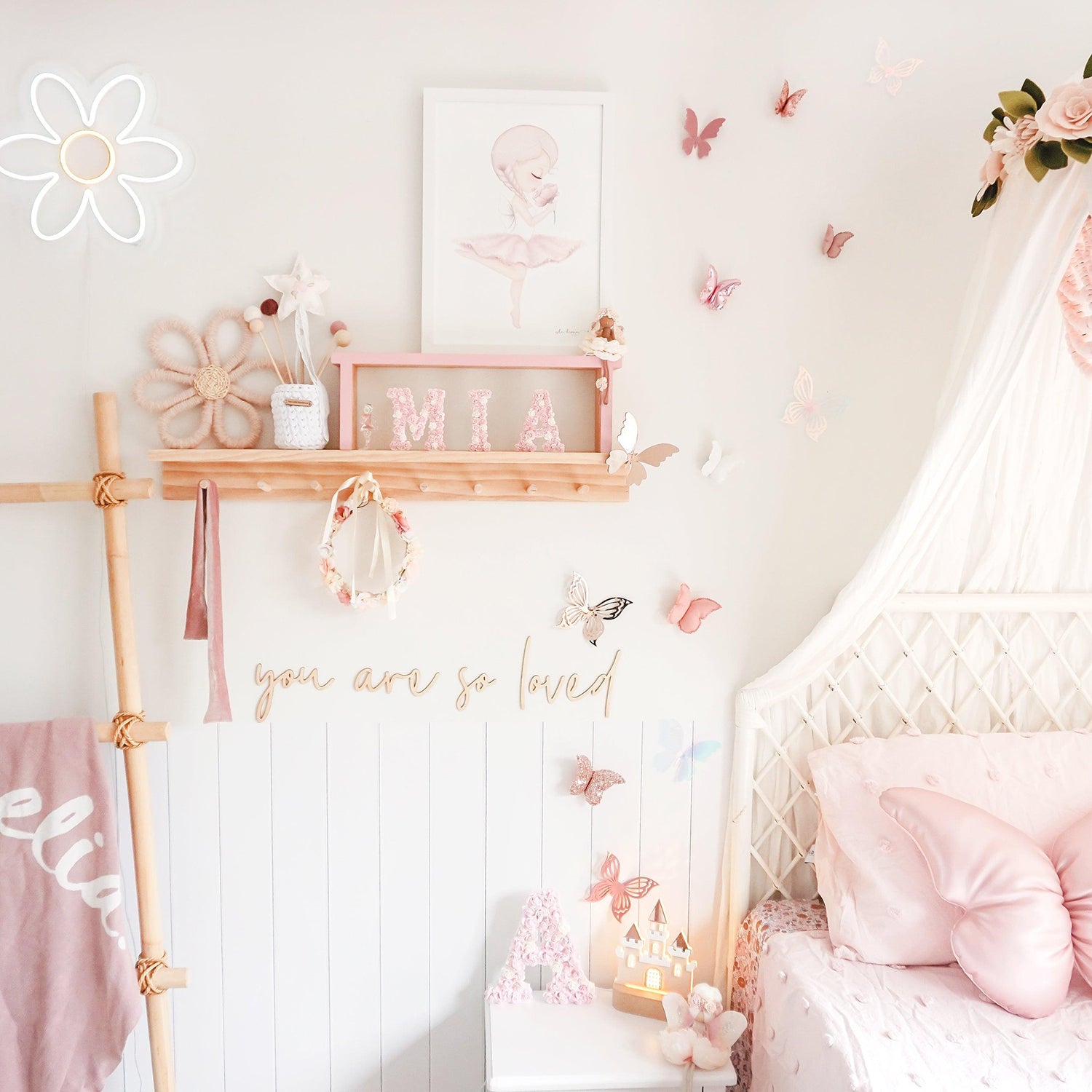
5. Show Off Books
- Organise children's books by arranging their covers facing forward for an attention-grabbing display.

6. Personalise with Keepsakes
- Include personal elements like framed photos, ultrasound images, or handmade crafts. These items personalise the area and form lasting memories.
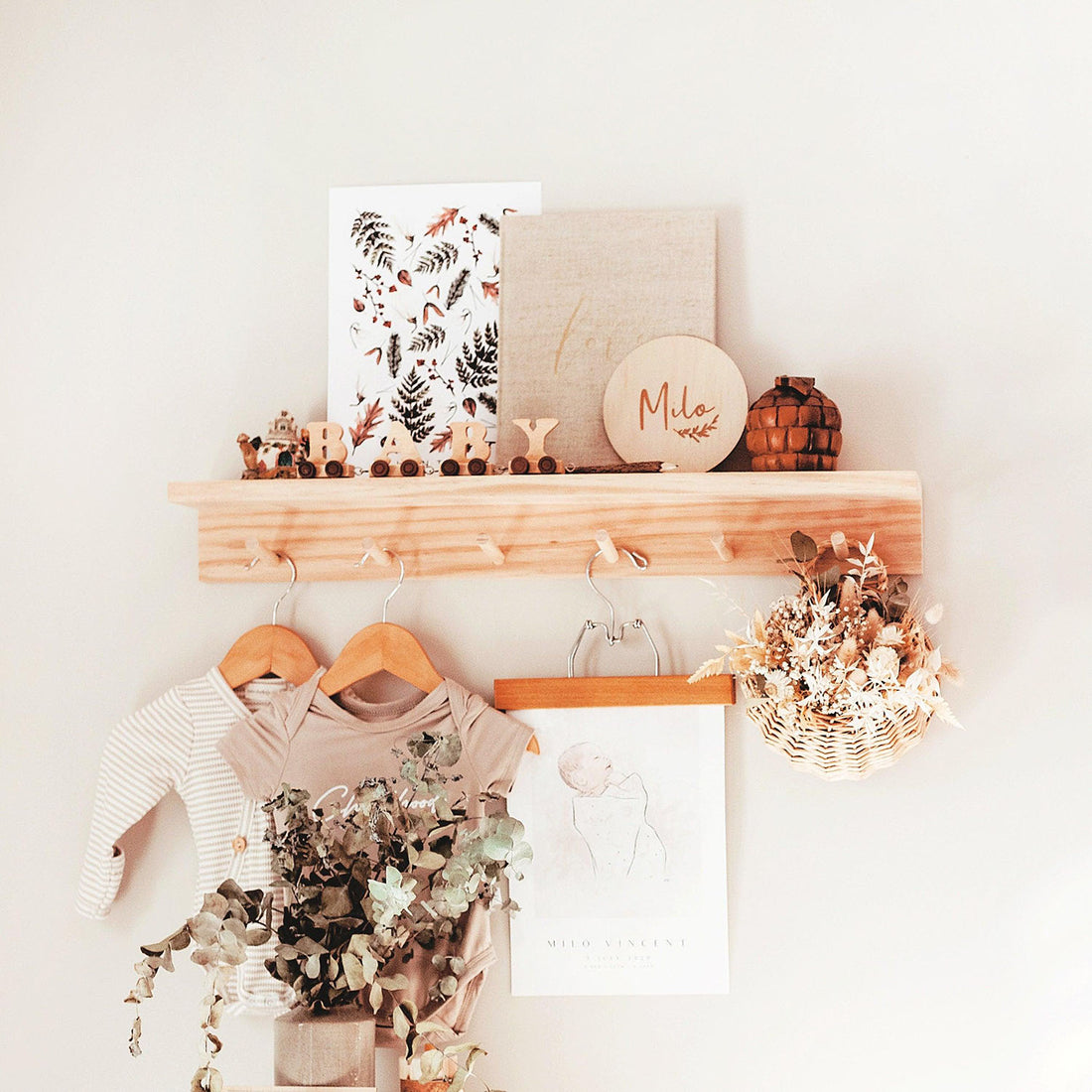
7. Utilize Storage Baskets
- Use stylish storage baskets to organise toys, blankets, and other baby essentials. Wicker baskets or fabric bins can add texture and warmth to the shelves.
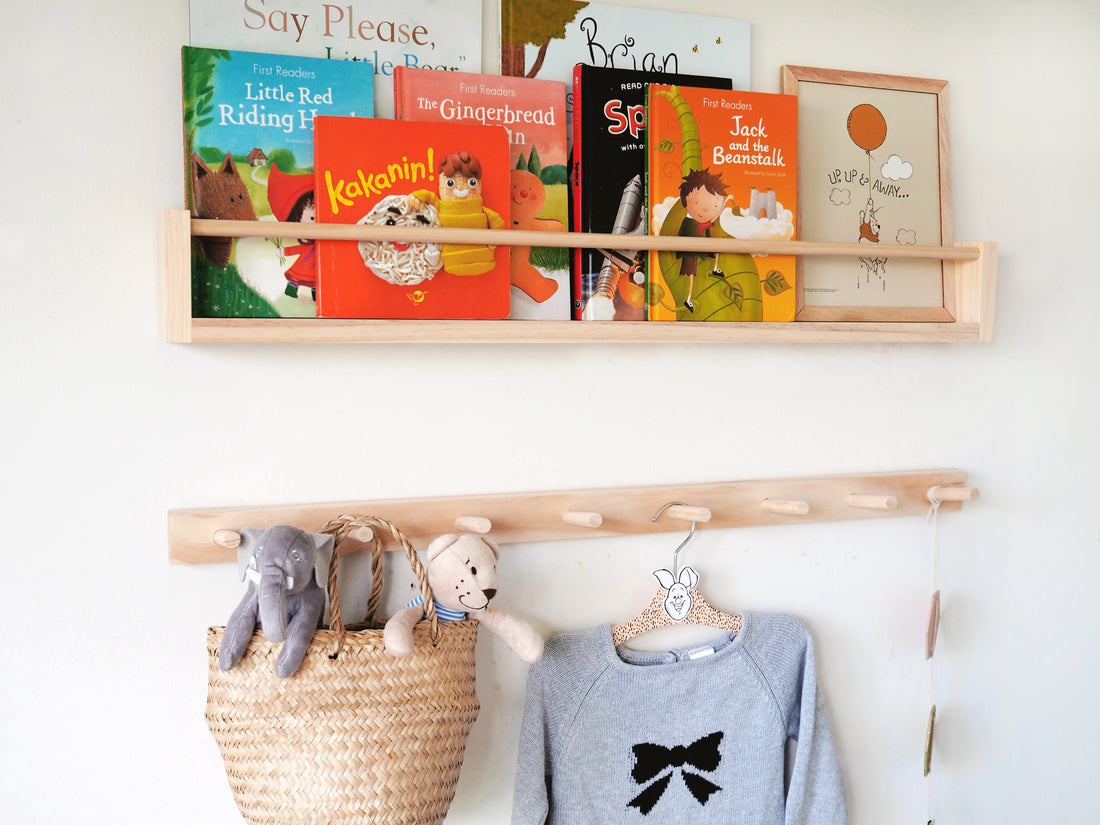
8. Coordinate Decor Elements
- Ensure cohesion in the nursery by coordinating décor elements. Match colours and styles to create a harmonious and visually pleasing atmosphere.
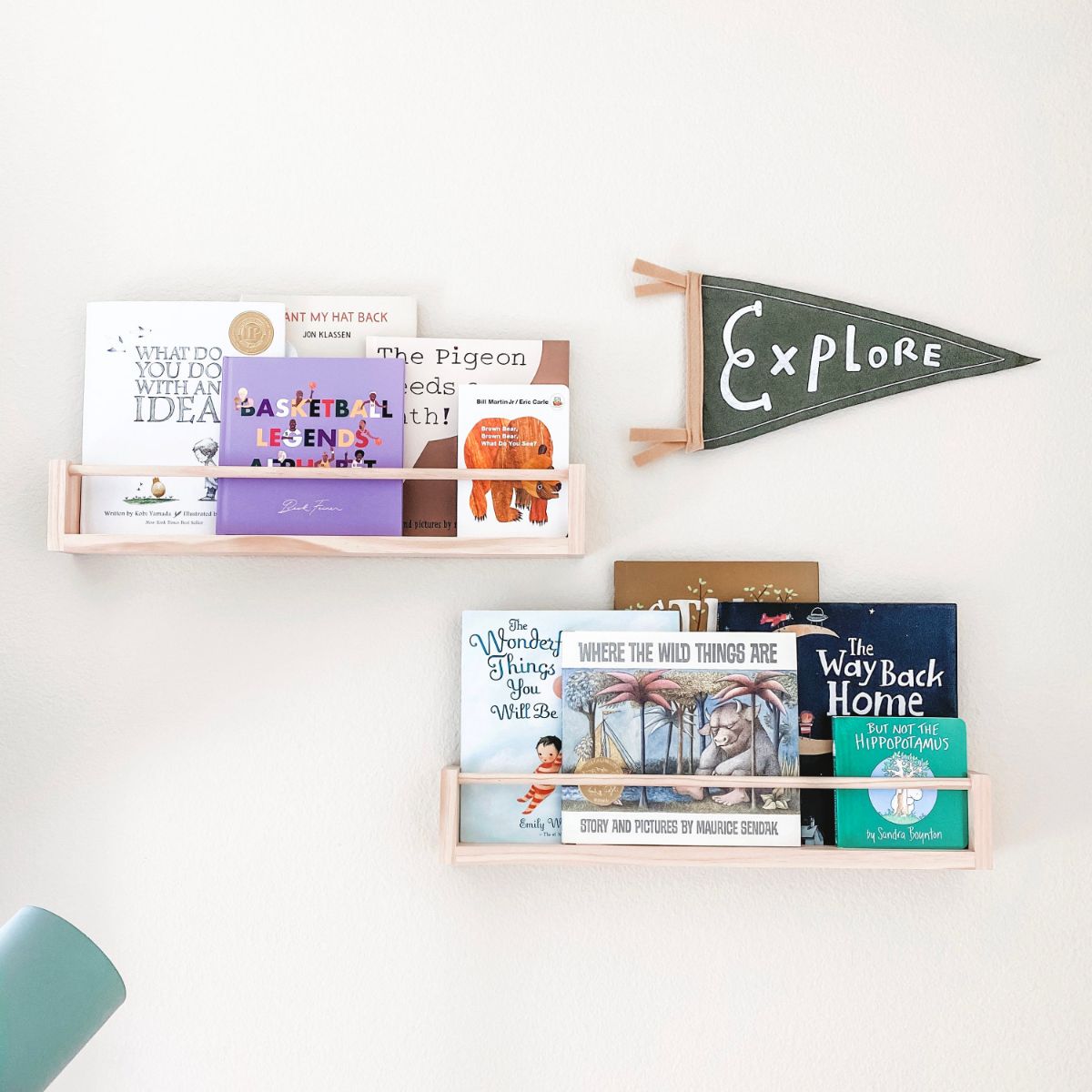
9. DIY Sensory Items
- Create simple sensory items like a soft fabric board or textured toys. Place them on the shelves for your baby to explore and touch.
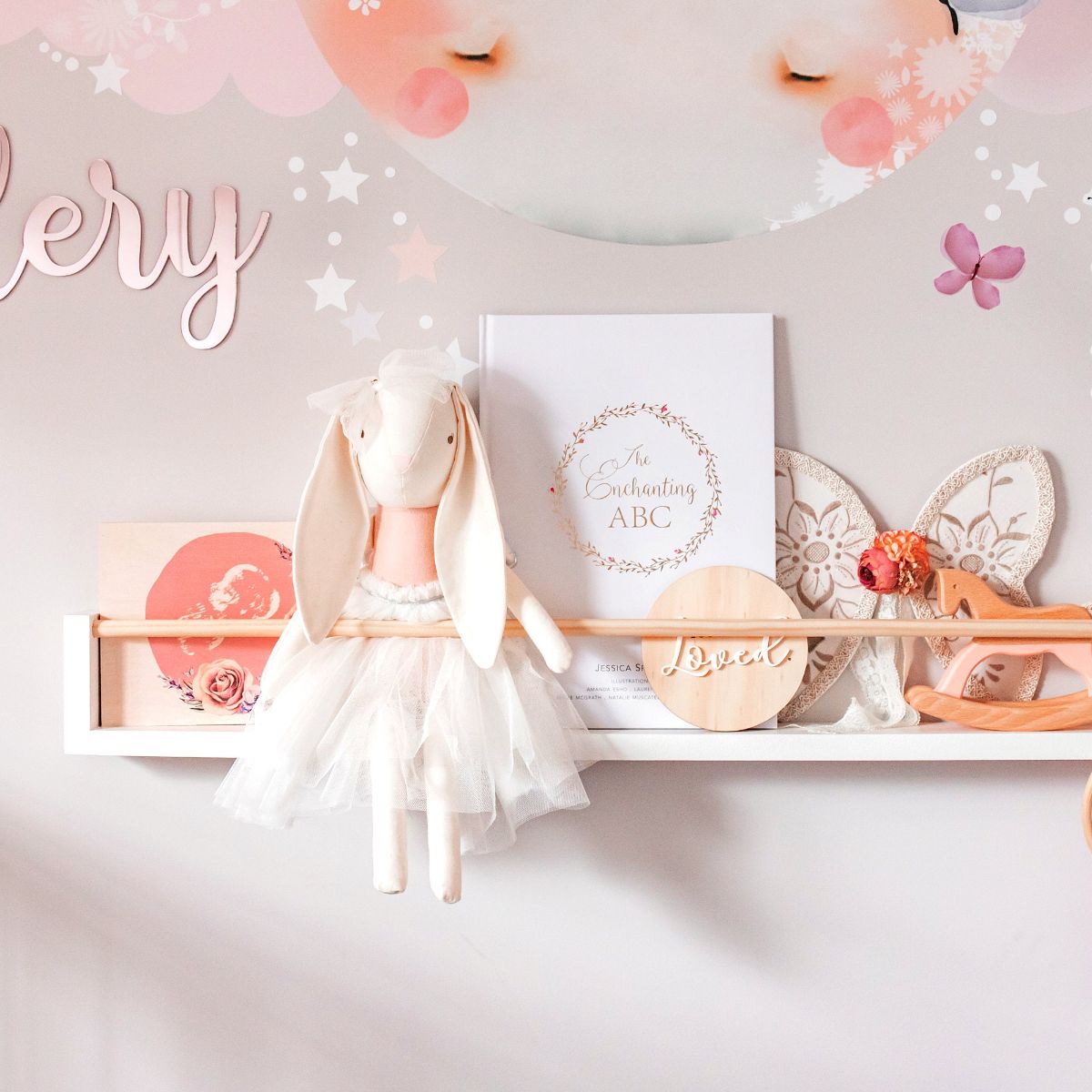
10. Leave Room to Grow
- As your child develops, their interests will also expand. Ensure there is room on the shelves for new toys, books, and decor that match their evolving preferences.
